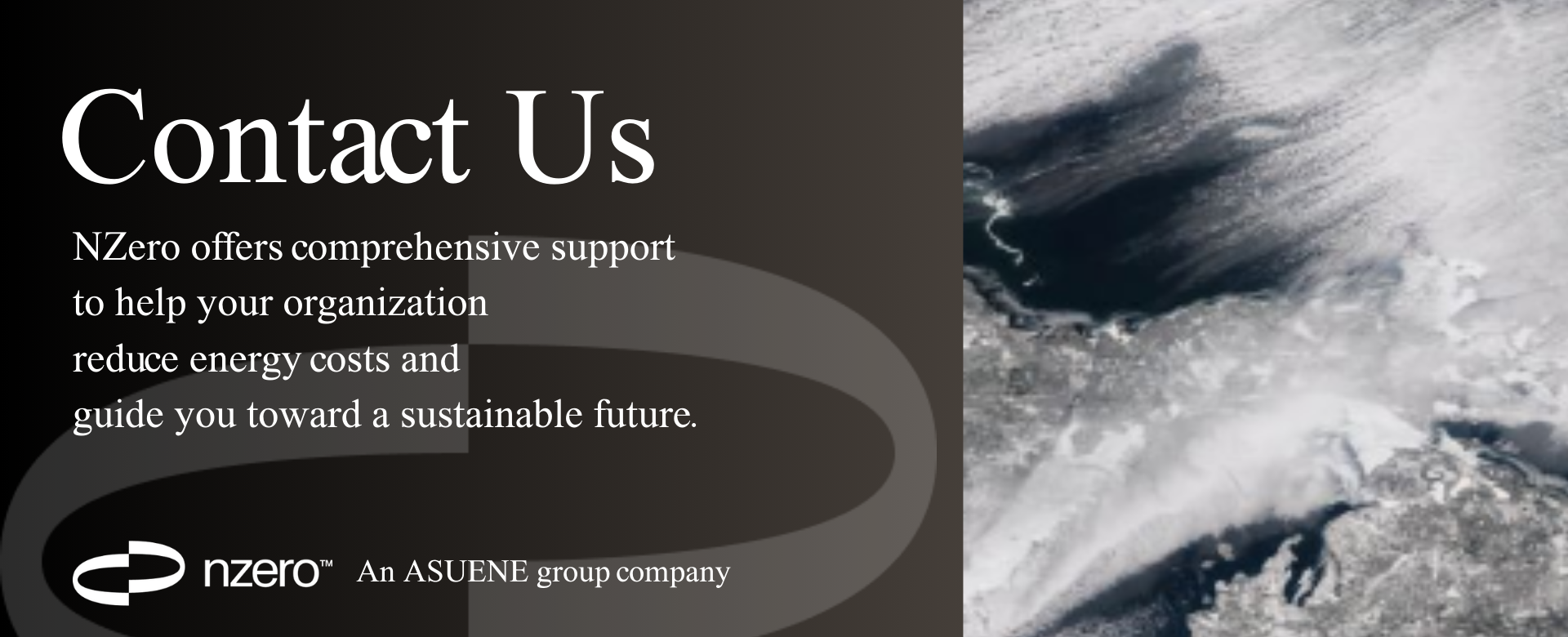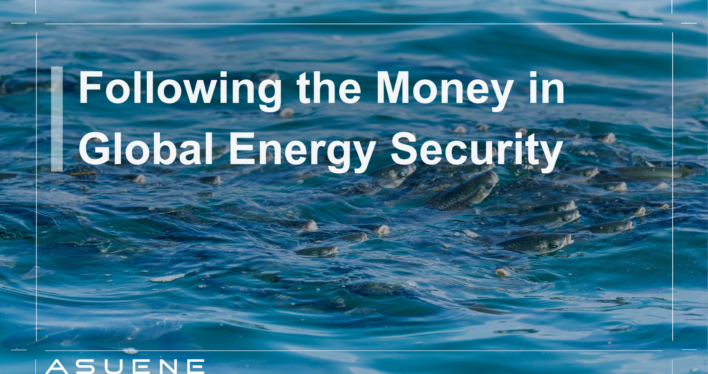- Article Summary
-
Introduction: Energy Security in an Age of Investment Shifts
Global energy markets are entering a period of profound transformation. Geopolitical tensions, climate targets, and fossil fuel price volatility have elevated energy security to the top of policy and corporate agendas. One way to understand where the future is headed is to follow the flow of capital. Where money goes today will shape the resilience of energy systems tomorrow. This article examines global investment trends in fossil fuels, renewables, grids, storage, and efficiency to evaluate whether the world is truly investing in long-term energy security.
Demand-Side Management as the First Layer of Security
Demand-side management refers to the strategies that reduce overall energy consumption and smooth demand fluctuations. This includes efficiency improvements, electrification of end uses, smarter grid management, and behavioral change. Reducing demand growth can strengthen energy security as much as expanding supply, by lowering exposure to volatile fuel imports and reducing pressure on grids. According to the IEA’s 2025 World Energy Investment report, demand-side investments such as efficiency and electrification are projected to reach around USD 800 billion in 2025, nearly double the level of a decade ago. Yet this still lags behind total supply-side investment flows.
Table 1. Global Energy Investment Breakdown, 2025 (IEA Executive Summary)
| Category | Investment (USD bn) |
|---|---|
| Demand-Side Management (efficiency, electrification) | 800 |
| Fossil Fuel Supply (oil, gas, coal) | 1,100 |
| Electricity Sector (generation, grids, storage) | 1,500 |
| Clean Energy Total (renewables, nuclear, grids, storage, low-emissions fuels, efficiency, electrification) | 2,200 |
| Total Energy Investment | 3,300 |
Supply Diversification and Its Strategic Importance
Over-reliance on a limited number of suppliers or fuels exposes economies to sudden shocks. The global response to the Ukraine war, which accelerated diversification of LNG imports in Europe, illustrates this principle. Yet vulnerabilities persist in clean energy supply chains. Solar module manufacturing is heavily concentrated in China, while cobalt from the Democratic Republic of Congo and lithium from Chile dominate the critical minerals landscape. Energy security in the 21st century requires diversification across geography, technology, and storage.

The Investment Balance Between Fossil and Clean Energy
Investment is shifting. According to the IEA, global energy investment will reach USD 3.3 trillion in 2025, with clean energy capturing around USD 2.2 trillion and fossil fuels attracting USD 1.1 trillion. Clean energy now accounts for nearly two-thirds of new spending, a record high, while fossil fuels continue to draw substantial funding. The imbalance raises risks of stranded assets, as fossil infrastructure may lose value in a decarbonizing world.
Moreover, the clean energy surge is uneven: advanced economies and China account for most of the growth, while many emerging markets lag behind due to financing barriers. Analysis shows that global renewable energy investment overall is still increasing, with investors reassessing risk exposure rather than retreating. The United States has seen some slowdown, but this reflects risk management more than declining confidence in clean energy. The broader picture is one of expansion, not contraction. Recent data show that global investment for new renewable energy development reached a record level in the first half of 2025, underscoring that overall renewable growth continues even as the United States experiences a temporary slowdown linked to its changing policy environment. A resilient global system cannot be built if large parts of the world are left behind.
Private and Public Capital Driving the Energy Transition
Institutional investors, sovereign wealth funds, and public policy incentives are steering the direction of energy finance. In the US, the Inflation Reduction Act (IRA) has catalyzed record private investment in renewables and storage. The EU’s Green Deal Industrial Plan and China’s industrial strategy similarly direct vast sums into clean energy. However, emerging markets face financing gaps that threaten to slow their transition, creating vulnerabilities in global energy security. Public development banks and blended finance initiatives play a critical role in bridging this divide. Notably, Africa currently accounts for just 2% of global clean energy investment, highlighting a significant imbalance.
Conclusion: Building Resilient Energy Security Through Investment Choices
The principle of following the money reveals both progress and risk. Clean energy investment is rising rapidly, but fossil fuels still claim significant capital, and financing gaps in emerging markets threaten global resilience. True energy security cannot be built on supply diversification alone; it requires demand-side management and equitable investment flows. Policymakers and investors must work together to align capital allocation with efficiency, diversified clean energy, and global inclusivity. In the end, tomorrow’s energy security will not only be measured in terawatts delivered but in trillions of dollars invested wisely.
Why Work with ASUENE Inc.?
Asuene is a key player in carbon accounting, offering a comprehensive platform that measures, reduces, and reports emissions. Asuene serves over 10,000 clients worldwide, providing an all-in-one solution that integrates GHG accounting, ESG supply chain management, a Carbon Credit exchange platform, and third-party verification.
ASUENE supports companies in achieving net-zero goals through advanced technology, consulting services, and an extensive network.


